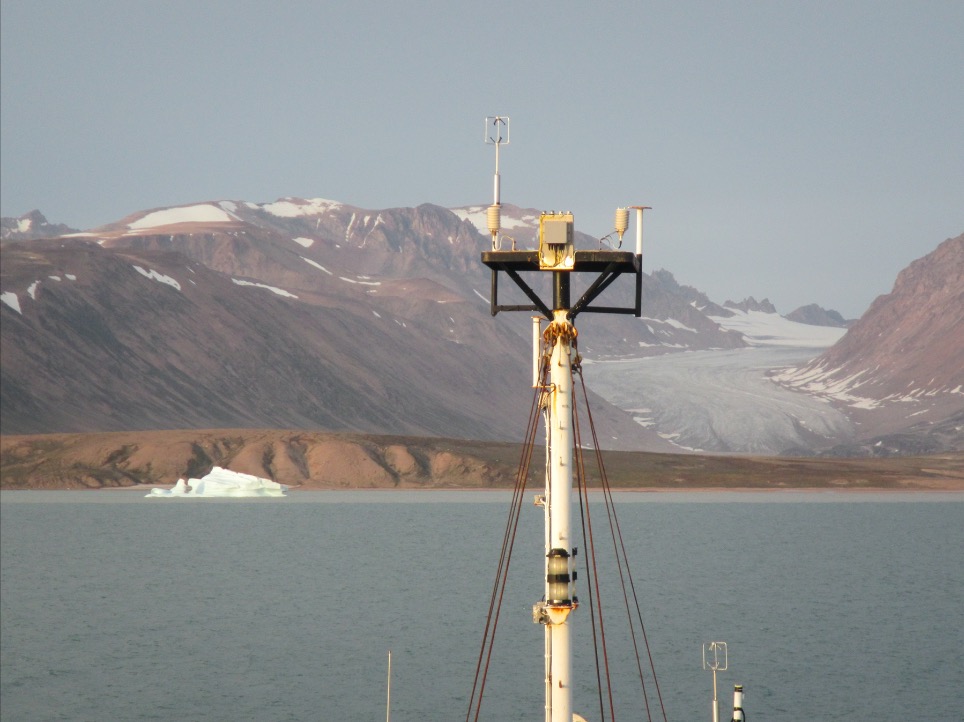
“Wonder questions” and geoscience misconceptions.
Recently, as part of the CHESS/iEarth Summer School, Kikki Kleiven lead a workshop on geoscience teaching. She gave a great overview over how to approach teaching and presented many engaging methods (like, for example, concept cartoons and role plays), but two things especially sparked my interest, so that I read up on them a little more: “wonder questions” and misconceptions in geosciences.
“Wonder questions”
The first topic that prompted a little literature search were “wonder questions”, and I found a recent article by Lindstrøm (2021) on the topic that describes the three ways in which “wonder questions” are a powerful pedagogical tool:
- they support and stimulate student learning: When students are asked to come up with “wonder questions”, they need to consider what they just learned and how it fits (or doesn’t fit) with what they already knew before. They need to think new thoughts and actively look for connections, both helping them learn.
- they models scientists’ behavior: Asking good questions is a skill that needs practice!
- they can be a powerful motivator for students and teachers alike: As a teacher, it’s great to see what questions students come up with and it helps tailor the teaching to what’s really relevant to the students. Seeing their questions taken up in teaching, on the other hand, is giving students agency and makes them feel heard.
Lindstrøm distinguishes four types of wonder questions that she typically encounters, and which are useful in different ways:
- Questions where students rephrase a concept and want confirmation that they understood something correctly are helping them make sure they are on the right track, but also confirm it to the teacher. Those questions can also be used in future teaching to paraphrase the material in the students’ own words.
- Questions that are very close to course content and bring in real-world examples are great to make sure the examples used in (future) classes are actually relevant to students’ lives.
- Questions that go beyond the course content are also useful to clarify what is going to be taught in this specific course and what other courses will build on it. They can also open up doors for future (student) research projects.
- Questions that reveal misconceptions are great because we can only address misconceptions if we know about them in the first place.
Which brings us to the next topic Kikki inspired me to revisit:
Geoscience misconceptions
Kikki mentioned the article “A compilation and review of over 500 geoscience misconceptions” by Francek (2013). I’m familiar with misconceptions in physics (especially the ones related to hydrostatics and rotating systems & Coriolis force that I’ve worked with), and within iEarth there has been a lot of talk about how students don’t understand geological time (which I don’t have a good grasp of, either). But reading the “500” in the title was enough to make me want to check out the article to get an idea of what other misconceptions might be relevant for my own teaching. And it turns out there are plenty to choose from!
Many of the misconceptions that are particularly relevant for my own interests were originally collected by Kent Kirkby (2008) as “easier to address” misconceptions, for example on science, ocean systems, glaciers, climate:
- “Upwelling occurs as deeper water layers warm and rise ([…] tied to students’ knowledge of how air masses are affected by temperature).”
- “Upwelling occurs as deeper water layers lose their salinity and rise (students like symmetry!).”
- “Glacial ice moves backwards during glacial ‘retreats’ (like everything that retreats in real life)”
- “Glacial ice is stationary during times when front is neither advancing or retreating.”
- “Earth’s climate is controlled primarily by the atmosphere circulation, rather than ocean circulation (real life experiences as a terrestrial animal, TV weather reports)”
Reading through that list is really interesting and a good reminder that there are a lot of things that we take for granted but that are really not as obvious as we have might come to believe over the years. And the misconceptions are only “easy to address” (and one way of addressing them is through “elicit, confront, resolve“) when we are aware of them in the first place.
—
Francek, M. (2013). A compilation and review of over 500 geoscience misconceptions. International Journal of Science Education, 35(1), 31-64.
Lindstrøm, C. (2021). The pedagogical power of Wonder Questions. The Physics Teacher, 59(4), 275-277.
Co-creating learning and teaching (Bovill, 2020) - Adventures in Oceanography and Teaching says:
[…] Taking the first couple of minutes of a session to go over students’ “wonder questions“ […]
jessicakleiss says:
Hi! My other reply (to the self determination theory post) appeared to fail, so I’m trying a test comment here. Maybe you have comments disabled?
Mirjam says:
I need to approve comments before they show up on the blog, but I don’t see a comment on the self-determination theory post. Maybe try resending? Technology is weird sometimes… :)